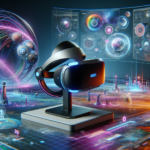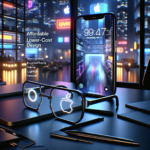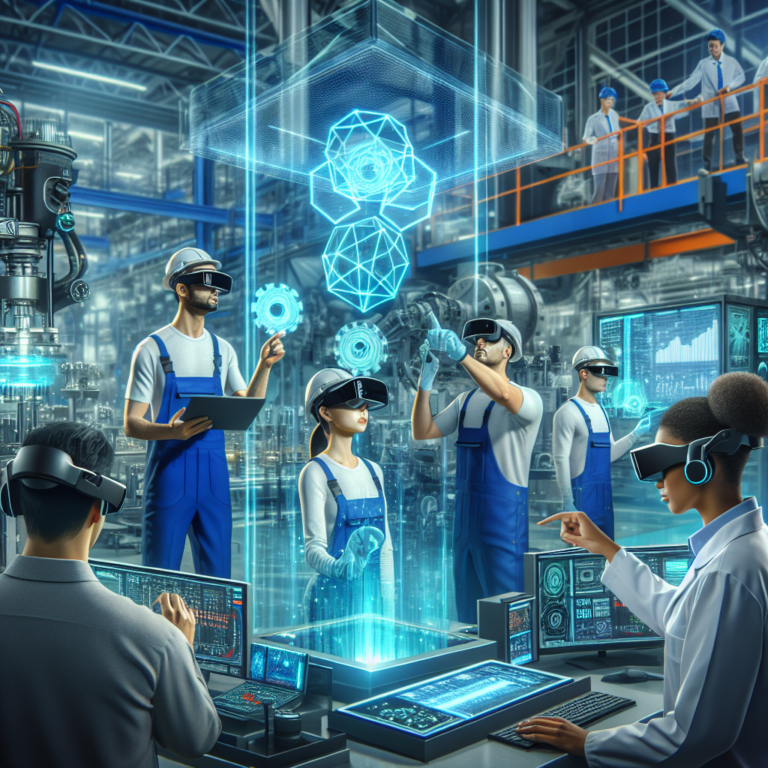Understanding Extended Reality (XR)
In today’s fast-paced manufacturing landscape, organizations are increasingly turning to Extended Reality (XR) technologies to optimize their production processes. XR encompasses a variety of immersive technologies, including Virtual Reality (VR), Augmented Reality (AR), and Mixed Reality (MR). Each of these technologies offers unique capabilities that can radically transform how manufacturers approach design, training, maintenance, and logistics.
The Benefits of Extended Reality in Manufacturing
Adopting XR solutions in manufacturing comes with a host of benefits that can lead to improved efficiency, reduced costs, and heightened safety measures.
1. Enhanced Training and Skill Development
One of the primary applications of XR in manufacturing is for training and skill acquisition. Traditional training methods can be time-consuming and often lack the immersive experience that modern technologies can provide. With XR:
- Employees can engage in realistic simulations that mimic actual job conditions.
- Training can be tailored to individual needs, allowing workers to learn at their own pace.
- A safer training environment is created, reducing injury risk during skills practice.
For instance, companies are experimenting with AR glasses that overlay digital instructions onto physical machinery, enabling new employees to learn through hands-on experience without the risks associated with unfamiliar equipment.
2. Streamlined Design and Prototyping
Another area where XR demonstrates significant promise is in the design and prototyping stages of manufacturing. Traditionally, bringing a new product idea to life can be a lengthy and costly process. Through XR technology:
- Design teams can visualize products in an immersive environment, allowing for better collaboration.
- Rapid prototyping becomes possible, reducing the time from concept to production.
- Real-time feedback from stakeholders can be effortlessly integrated into design iterations.
Using VR, designers can experience their products in a three-dimensional space, making it easier to spot design flaws before physical prototypes are ever manufactured. This results in considerable cost savings and faster time-to-market.
3. Improved Maintenance and Repairs
XR can also play a crucial role in facilitating maintenance and repair tasks within manufacturing plants. With AR technology, technicians can:
- Access digital overlays that provide step-by-step repair instructions directly on the equipment they are working on.
- Diagnose issues more effectively using interactive visuals and historical data.
- Reduce downtime by following precise guidance that helps them quickly restore equipment to its working state.
This not only accelerates the maintenance process but also improves the accuracy of repairs, thereby reducing the risk of recurring issues.
Case Studies: Successful XR Implementations in Manufacturing
Several manufacturers have already begun to harness the advantages of XR, showcasing impressive results that span various industries.
Case Study 1: Boeing
Boeing has implemented AR technology to streamline the assembly of its aircraft. By equipping technicians with AR headsets, the company has seen:
- A reduction in assembly errors by up to 90%.
- A 25% decrease in the time taken to complete wiring tasks.
The AR overlay offers real-time, contextual information, enabling workers to work more efficiently and accurately.
Case Study 2: Ford Motor Company
Ford has embraced VR for product design and testing. By creating virtual environments for their vehicles, Ford has been able to:
- Enhance collaboration among engineers across different locations.
- Minimize the need for physical prototypes, thereby saving material costs.
This innovative approach allows for creative design solutions at a fraction of traditional costs and timelines.
The Future of XR in Manufacturing
As technologies continue to advance, the potential applications of Extended Reality in manufacturing will undoubtedly expand further. Some anticipated trends include:
- Integration with AI: Combining XR with artificial intelligence could lead to advanced predictive maintenance tools and adaptive training solutions tailored to individual performance.
- Telepresence with XR: With improved connectivity, remote experts could work alongside on-site technicians in real-time, providing guidance and expertise through immersive technologies.
- Broader Accessibility: As XR devices become more affordable and user-friendly, manufacturers of all sizes will have the opportunity to leverage these technologies.
The drive towards sustainability and efficiency in manufacturing will propel the adoption of XR tools, making them essential in the quest for innovation.




0 Comments